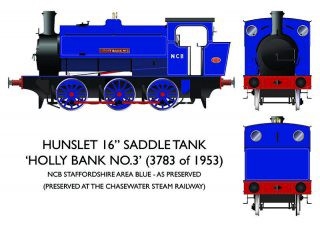RAPIDO-TRAINS-UK 16in Hunslett “Holly Bank No.3” Staffordshire Area NCB Blue

Out of stock
Click to enlarge
RAPIDO-TRAINS-UK 16in Hunslett “Holly Bank No.3” Staffordshire Area NCB Blue
Stock code 903004Brand RAPIDO-TRAINS-UK
Out of stock
Currently unavailable - please contact us for an delivery date or an alternative.
£
130.00
Each
Currently unavailable - please contact us for an delivery date or an alternative.

